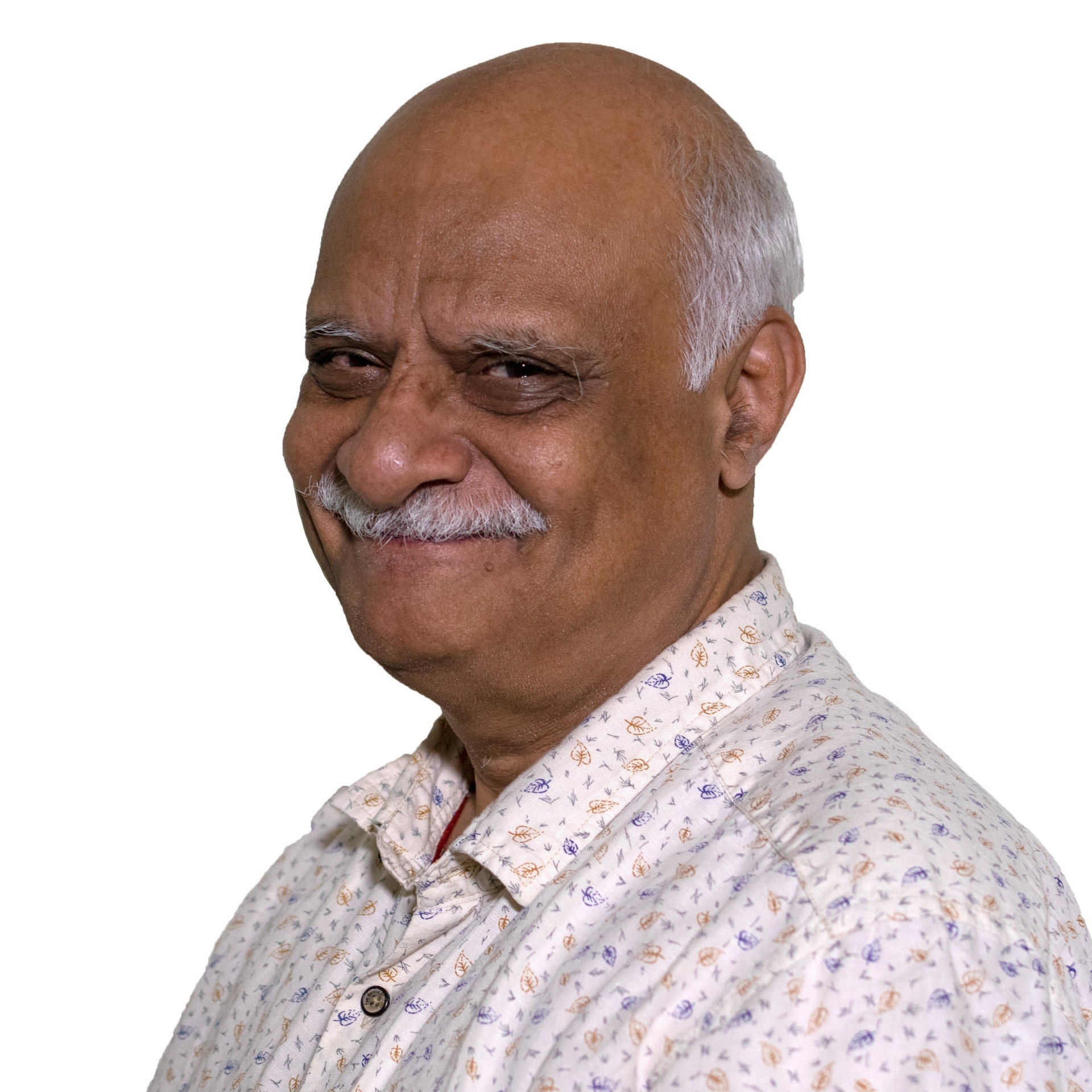The universe we inhabit is teeming with remarkable mysteries, far removed from the extraordinarily insignificant corner that the Earth occupies. Mysteries of which, we can only see the traces of, and they still, very beautifully, cradle answers to the questions of our very existence — we talk about the process of discovering these answers, and delve even more into the journey of setting out to seek out further questions with our guest for this episode, Prof. Bhal Chandra Joshi, from the National Centre for Radio Astrophysics (NCRA) - TIFR, Pune, India. Prof. Joshi's research explores vast and varied fields of astronomy and astrophysics, mainly addressing the questions about neutron stars and pulsars, and his expertise spans further beyond to building extremely elaborate and detailed instruments & facilities like the Giant Metrewave Radio Telescope (GMRT) to delve deeper into those questions. In the first part of the two part episodes from our conversation with him, we discussed about the faraway objects in the universe, specifically the most precise natural clocks ever known to humankind - pulsars, which happen to harbour extremely challenging and long-standing open questions in our understanding of these exotic objects. We discover how these questions span far and wide, and how on the other end, these objects can help us realise very useful technologies in the current scenarios. Dive in to the conversation to clock further perspectives on this and more!
The nature of science is that it is a quest of understanding the natural universe around you... and it's never ending. In the sense that when you go to devise experiments, devise theories to explain one natural phenomena, in the process, new questions arise!
ABOUT THE GUEST

Prof. Bhal Chandra Joshi Professor, National Centre for Radio Astrophysics - TIFR, Pune.
Prof. Bhal Chandra Joshi graduated with a bachelor in technology in Electrical engineering from the Indian Institute of Technology, Roorkee, and went on to complete his masters at the Indian Institute of Technology in Mumbai. He then pursued his doctoral work in the field of astronomy and astrophysics, and has been associated with the National Centre for Radio Astrophysics or NCRA by TIFR in Pune, for the longest part of his career, where he is currently based at, and is a very active researcher. His fundamental research addresses the longstanding questions about neutron star systems, and specifically pulsars in involved perspectives. Along with this, a major part of his career and work with the well-renowned veteran and stalwart of radio astronomy in India Prof. Govind Swarup was dedicated towards building the Giant Meterwave Radio Telescope (GMRT),which is the long-time world's largest radio-telescope in the given frequency range that it addresses, and is truly a marvel of the expertise of science and technology development in India.



